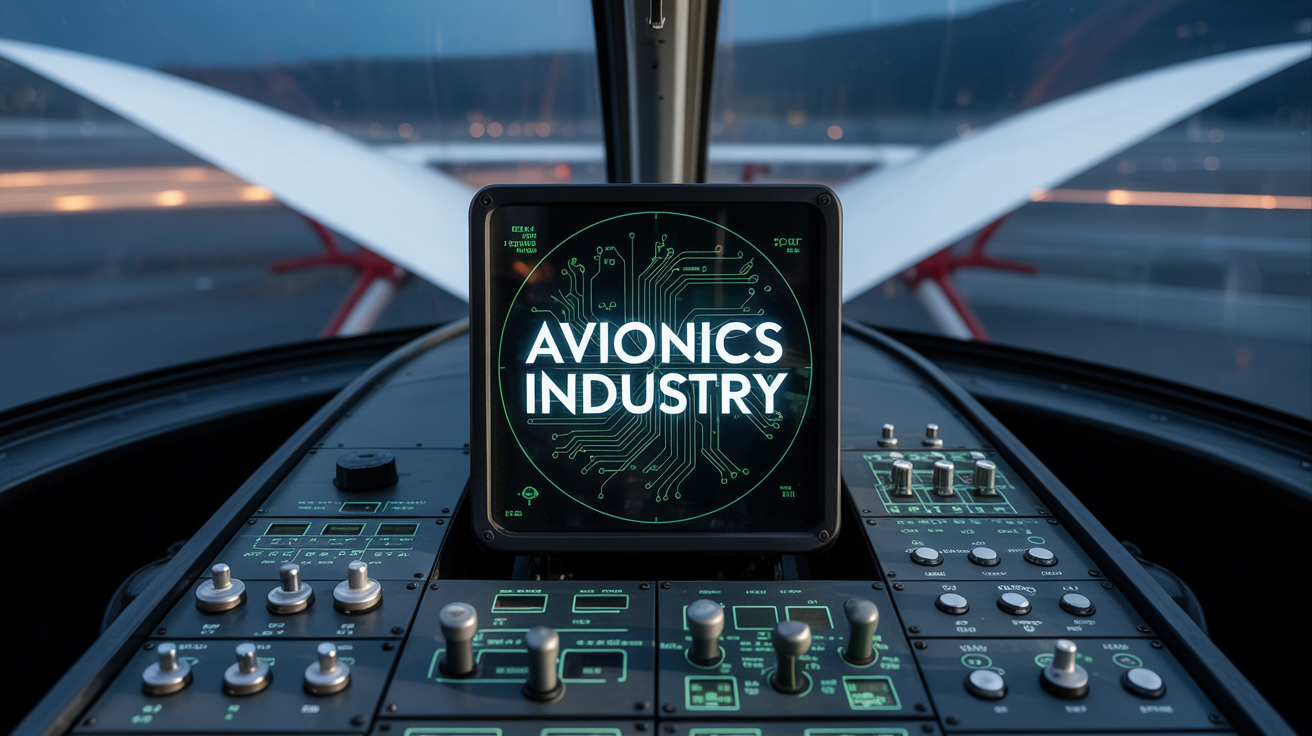The North America avionics market is on a transformative growth path, projected to rise from USD 56.22 billion in 2025 to USD 82.33 billion by 2030, at a strong CAGR of 16.8%. At the heart of this momentum lies the convergence of AI-driven innovation, modernization in Aviation Electronics, and rapid adoption of Aircraft Electronics Systems across military, commercial, and emerging platforms.

As flight operations become more intelligent and connected, the role of Artificial Intelligence (AI) in enhancing avionics is expanding. AI is enabling advances in predictive maintenance, autonomous navigation, and real-time flight data processing, positioning avionics as the brain of both current and next-gen aircraft.
Download PDF Brochure @
https://www.marketsandmarkets.com/pdfdownloadNew.asp?id=138098845
Key Drivers Fueling Growth in North America:
-
OEM Leadership and a Robust Aerospace Electronics Ecosystem:
North America leads the global Aerospace Electronics sector, housing key players like Honeywell, RTX/Collins Aerospace, Garmin, and L3Harris. These OEMs invest heavily in avionics R&D, pushing the boundaries of safety, integration, and performance in the Commercial Aircraft Avionics Systems Market. -
FAA-Driven Upgrades and Compliance Innovation:
Regulatory mandates such as ADS-B Out and NextGen Air Traffic Management have fast-tracked the adoption of modern avionics, especially in North America’s extensive commercial fleet. These requirements have stimulated demand for upgrades across both new aircraft and retrofit segments. -
Rise of AI-Centric Aircraft Electronics Systems:
From digital flight displays to intelligent communication modules, avionics systems powered by AI are transforming how data is interpreted and acted upon in real time. These technologies are critical in both manned and unmanned aircraft, improving operational safety and autonomy. -
Line Fit Segment Leads the Charge:
The line fit segment—where avionics are integrated during aircraft manufacturing—remains dominant. Seamless compatibility with aircraft systems, lower maintenance costs, and streamlined lifecycle management make it a preferred choice for commercial airlines and defense contractors alike.
Platform Trends: General Aviation’s AI Leap
General aviation in North America is expanding swiftly, with demand for smart, lightweight avionics in electric and hybrid aircraft. These platforms require customized aircraft electronics systems designed for optimal performance, enhanced navigation, and intuitive pilot interfaces.

Strategic Outlook: Toward Smarter, Safer, and More Autonomous Flight
Future-ready avionics systems are prioritizing:
-
AI-powered navigation and terrain mapping
-
Cyber-secure communication and flight control networks
-
Integrated power & data management for electric aircraft
-
Cloud-based aviation electronics for maintenance and fleet tracking
This evolution is transforming the Commercial Aircraft Avionics Systems Market into a high-tech arena where software-defined, AI-augmented flight systems drive efficiency, safety, and competitive advantage.
Competitive Landscape: Technology at Scale
Leading players advancing the North American avionics and aerospace electronics market include:
-
Honeywell International Inc.
-
RTX (Raytheon Technologies) / Collins Aerospace
-
Garmin Ltd., L3Harris Technologies, General Electric, and more.
These companies are delivering innovation at scale, with diverse portfolios ranging from modular avionics suites to advanced mission-specific electronics systems that support defense, commercial aviation, and UAVs.
North America’s Commanding Role in Aviation’s Digital Future
With AI at its core and a deep bench of OEMs, North America is driving the global future of aviation electronics. From general aviation to defense and commercial jets, the region is at the forefront of the Aircraft Electronics Systems revolution, creating an interconnected sky where avionics act as the central nervous system of flight.
As the Commercial Aircraft Avionics Systems Market matures, and AI continues to shape performance and autonomy, North America will remain a critical hub for the next chapter in aerospace innovation.
